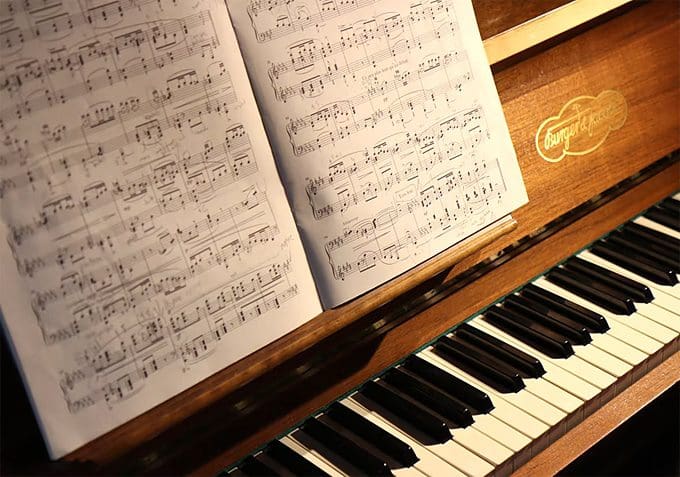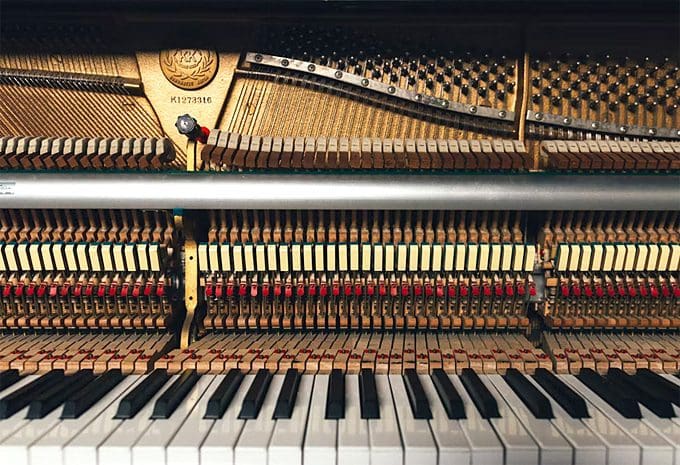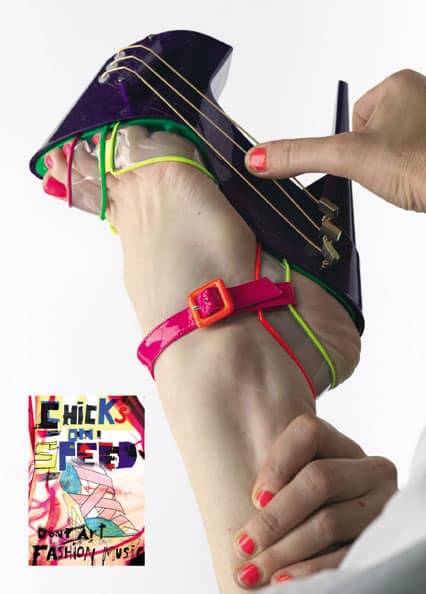words Al Woods
There’s nothing like making the choice to buy a new piano to get your heart racing. That isn’t to argue that other purchases, such as a new home or car, aren’t thrilling, but a piano is in a league of its own. Pianos have their own personalities.
They represent the spiritual, artistic, and creative needs of people, making their addition to a home, church, or public space a magnificent and monumental occasion. Because a great instrument may last for decades, it goes without saying that selecting a piano should be taken seriously.
Even if a kid or adult learner is considering an affordable upright piano or keyboard, common wisdom holds that you get what you pay for, so the piano itself may be a decisive factor in whether the learner loves and pursues the lessons. Any professional teacher would advise you to buy the greatest pianos you can afford and maintain them tuned and in good shape. We will present you with different types of pianos and how to choose one for you.

Acoustic Grand Piano
Anything from a “baby” grand to a “concert” grand, with sizes ranging from less than five feet to more than nine feet. The word “grand” conjures up images of an upright piano, such as Bluthner grand piano, regarded as more powerful and responsive because of its rapid touch and greater sound. The enormous soundboard has horizontal movement. The Grand Piano also has a design aspect, the gorgeous shape of the case, and a heritage of historic majesty.

Acoustic Upright Piano
Uprights exist in a variety of heights and have a vertical action that can be above or below the keyboard. They all require around five feet by two feet of floor space, making them more suitable for tiny spaces. The Studio piano is the biggest, and some high-end upright pianos may match the tone of some tiny grands. As a result, you can’t buy just on the basis of size.
Digital Piano
A digital piano, often known as a piano synthesizer or a weighted keyboard, is an electronic version of an acoustic piano. Some digital pianos, in addition to the 88-key keyboard, are built to appear like an acoustic piano, in both upright and grand piano body styles.
Player Piano
The notion of a player piano brings up images of perforated metal or paper rolls spinning as the keys play automatically, however, player pianos have been transformed by the contemporary technology of recorded music on electronic disks. Even better, the hardware and software can now be placed in acoustic and digital pianos, transforming them into Player pianos.
How to Make a Choice?
Be aware! There are a lot of vintage “cheap” pianos for sale. If a piano’s pricing appears to be too good to be true, it most likely is. A piano that has been damaged (such as being dumped from the back of a truck or being ignored for decades, being left exposed to the scorching sun, or being left unprotected near the dampness of a lake or ocean) may look to be in good condition, but do not be misled until professional analyzes it first. The cheapest piano isn’t necessarily the greatest option.
Education is a must! With the benefits of the Internet, anyone may begin to educate oneself without moving from the chair. Begin by looking at brand names and producers. Unlike in the past, when a classic Steinway set the standard for elegance, today’s pianos are undergoing a Renaissance. In terms of performance, design, and distinctiveness, European piano makers have outdone themselves. The cookie-cutter brown baby grand is no longer in demand, and a plethora of different colors, patterns, woods, sizes, and décor options are now available. If you grasp the foundations of a classical piano against a modern piano vs an art case piano, you’ll be able to make a much better decision about the best pianos to buy in the long run. You’ll find it exhilarating to discover that a whole new universe exists in the world of pianos, and getting familiar with it is not only entertaining, but it may also help you make a sensible decision.
Once you have a general concept of what you want, go out and visit several showrooms and speak with some specialists. It’s an opportunity to compare various models and manufacturers. A genuinely good piano store, on the other hand, will listen to your needs and try to assist you to locate the instrument that is perfectly suitable for you, rather than trying to sell you on the existing floor inventory. In today’s world, new pianos may be tuned to your exact specifications directly at the factory, and then fine-tuned once they’ve settled into their new home.
Don’t buy a piano unless you’ve located a team of specialists that can assist you. In your search for a piano, vendors should be able to provide you with guidance and impartial information. The hard sale has no place in this sector due to the nature of the product.






